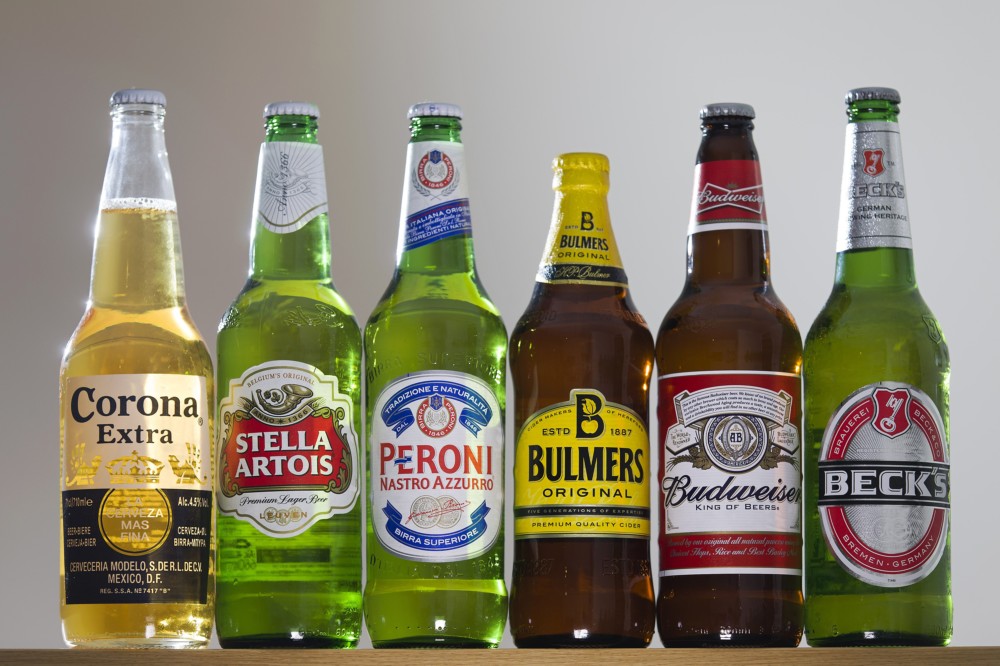By Michael Hiltzik
Los Angeles Times
WWR Article Summary (tl;dr) Did you ever wonder why Expedia, Orbitz, Travelocity, Trivago and Hotels.com all have same exact price listed for a hotel room? As Michael Hiltzik reports, it may be coincidence but it also may have something to do with the fact that ALL of these sites are owned by Expedia Group.
Los Angeles Times
Let’s say you’ll be spending a night in San Francisco, the night of Feb. 19, to pick a date at random.
You check for hotels on Expedia.com, find a room listed for $249 at the Hyatt Centric Fisherman’s Wharf.
A little pricey. So you look for a better deal on a competing online travel website. Orbitz.com: $249. Travelocity: $249. Hotels.com: $249. Trivago: $249.
These are real results from a test I ran Monday. The results could be a coincidence. It could be that the hotel gave those competing services one price and told them to hold fast.
Or it could be that the websites aren’t competitors at all.
As it happens, Expedia, Orbitz, Travelocity, Trivago and Hotels.com all are owned by Expedia Group. The parent company, according to a class action lawsuit filed in San Francisco in 2016, holds a 75 percent market share among U.S. online travel agencies.
It’s fair to think of Expedia as a hidden monopoly. Most customers have no idea that the travel websites they consult are all the same company. Expedia has some outside competitors, but their ability to knock down prices for consumers by competing with the big network plainly is negligible.
Hotel proprietors aren’t especially happy, either, the class action case was filed by a lodge near Sequoia National Park alleging that the online travel sites lure customers by hinting they can book stays at the lodge, but then show the lodge as fully booked and steer customers to rivals. (Expedia denies the allegation.)
Nor is Expedia the only hidden monopoly fooling customers into thinking their industries are bristling with competition, while the biggest players are all owned under one roof.
My colleague David Lazarus recently put his finger on one of the furthest-reaching such complexes, the eyeglass manufacturer Luxottica, which owns and licenses brands including Ray-Ban, Persol, Oakley and a host of designer labels that show up in separate racks at your local optician’s office. As Lazarus observes, this death grip on an entire consumer sector helps to account for the stupendous markups Luxottica enjoys on its eyeglass frames.
That’s just a start. The supermarket business seems to be pretty well segmented, with consumers in many communities able to choose from a large selection of stores. Not so fast. Boise, Idaho-based Albertsons, one of the largest grocery and drug retailers in the U.S., owns the Albertsons chain as well as regional and super-regional chains such as Vons, Pavilions, Safeway, Lucky, Bristol Farms and Lazy Acres.
Cincinnati-based Kroger owns about as many chains, including Ralphs and Food4Less in Southern California.
Sometimes the secret isn’t shared ownership, but shared technology or a shared supply chain. You may consider yourself a MacBook aficionado or a Windows PC person, but there’s a good chance your laptop is manufactured in China by Quanta Computer, a hardware maker that counts among its clients Apple, Dell, Hewlett-Packard, Alienware (a subsidiary of Dell), Lenovo and Toshiba, among many other brands.
And smartphones aren’t smartphones unless they carry technology patented and licensed by Qualcomm, although there are signs that Qualcomm is losing its advantage as smartphones offer more than merely calling features, which its technology facilitates.
Qualcomm’s stranglehold over smartphones also has prompted the industry to push back, notably in a lawsuit filed by Apple alleging that it has exploited its patents to extract excess licensing fees.
Not all these arrangements are necessarily costly for consumers. The big supermarket chains do bring some local competitors under the same roof, but some of their brands don’t compete with one another because they’re geographically separate.
Some consolidations are arguably designed to capture money-saving efficiencies in distribution, which could benefit consumers if they’re passed down, rather than being retained to fatten shareholders.
AB InBev, for instance, is the product of the merger of Anheuser-Busch and InBev and reportedly controls roughly half the U.S. beer market. But there aren’t many signs just yet that all the hundreds of brands it brews or distributes in the U.S. and elsewhere have become homogenized; they include Hoegaarden, Lowenbrau and Beck’s as well as Budweiser, a brand that reminds me of Mike Royko’s crack that American beer all “tastes as if the secret brewing process involved running it through a horse.” On the downside, having a behemoth like AB InBev exercising so much weight on the U.S. beer market is sure to make it more difficult for smaller brewers to gain a foothold.
The real danger in the creation of corporate behemoths comes from those that masquerade as competing enterprises but are secretly unified.
It’s one thing for a company to offer consumers a choice between, say, a mass market product or service at a mass market price and a premium product or service at a premium price (assuming there’s a real difference in quality the consumers are paying for); or mass distribution of Belgian beers that taste Belgian along with American beers that taste, well, equine.
But it’s quite another to suggest that manufacturers or service companies are competing fiercely with one another to give you, the customer, the best possible deal, when in fact they’re all the same outfit, not competing at all, and shoving the same deal at you under different names.
That’s what’s alleged in the Expedia case. In the words of Vince Chhabria, the federal judge overseeing the lawsuit in San Francisco federal court, the “complaint contains detailed allegations about a fraudulent scheme by Expedia and its affiliates to engage in anticompetitive conduct.”
To put it another way, the term “buyer beware” has never been more important than now.














































































































































































































































































































































































